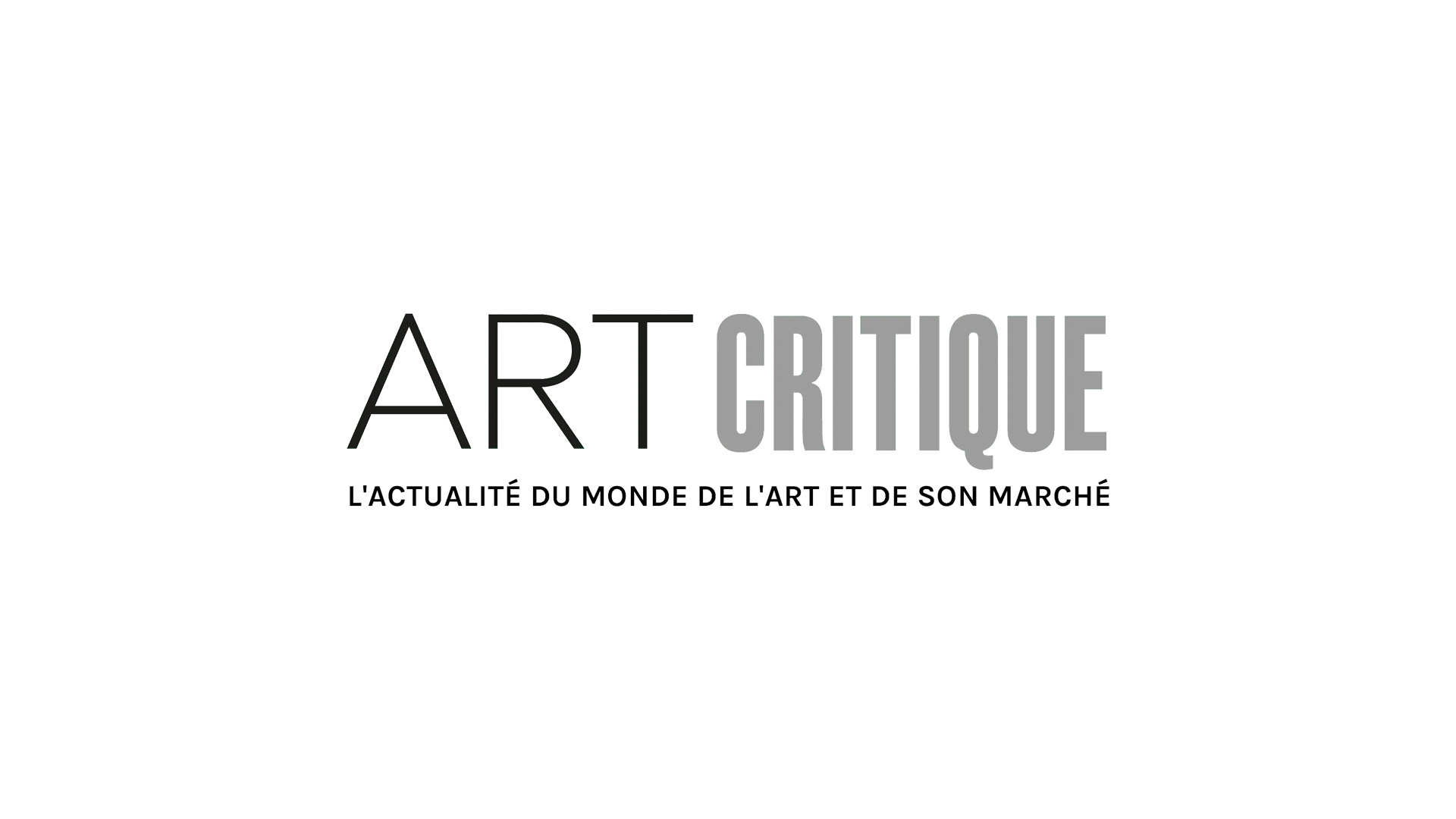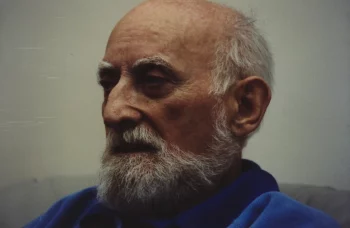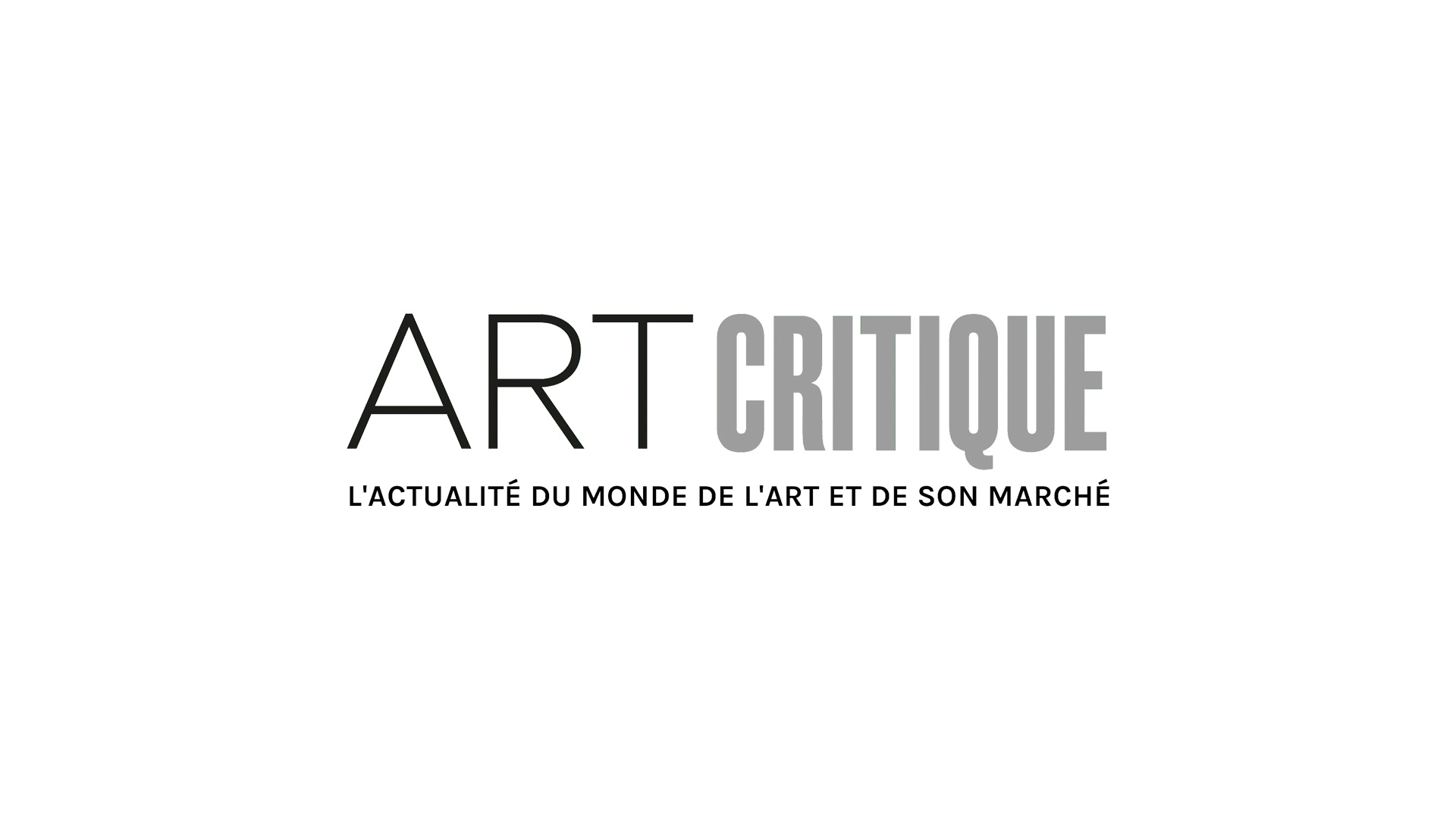Francesco Caglioti, professor of the history of art at the University of Federico II of Naples, has recently attributed a statue to Leonardo da Vinci, which would make it the only existing sculptural work by the Renaissance Master. The petite terracotta statue known as The Virgin with the Laughing Child belongs to London’s Victoria and Albert Museum (V&A) and has been a part of the institution’s collection since 1858.

The statue, thought to be from around 1465, is currently attributed to Florentine artist Antonio Rossellion (1427-1479) and is expected to travel to Italy in March to exhibit at the Palazzo Strozzi. This will be the first time the statue has travelled from the V&A and will be part of a retrospective celebrating Florentine artist and Leonardo’s mentor, Andrea del Verrocchio (1435-1488), entitled ‘Verrocchio, Master of Leonardo’. After exhibiting in Italy through July, it will then travel to Washington DC’s National Gallery of Art but it has been confirmed by a V&A spokesperson that the statuette will not be making the journey.
As the early history of the statue is unknown, the sculpture has been attributed and reattributed a number of times over the decades and this isn’t the first time someone has suspected da Vinci. ‘A potential attribution to Leonardo da Vinci was first proposed in 1899, so Professor Caglioti’s study opens up the discussion of its authorship afresh,’ said a V&A spokesperson. The artwork has also found itself to be attributed to Verrocchio, himself, and Desiderio da Settignano but each suggestion has lacked universal agreement.
According to an interview in La Repubblica, the drapery in the statuette was a key factor in Caglioti’s research. ‘Look at the robes of the Madonna and the red mantle of the Archangel in The Annunciation by Leonardo (1472-75),’ says the professor. ‘The movement of the fabric is the same.’ He also drew connections between the Virgin’s features in the statue in question and those of St. Anne in the 1503 painting The Virgin and Child with Saint Anne by Leonardo. For Caglioti, ‘there are a thousand details, which dispel any doubts regarding the [new] attribution.’
Some seem to be skeptical of Caglioti’s findings, though. Professor of Modern and Renaissance art at Leipzig University Frank Zollner said, ‘What is the evidence? We do not have any sculptures made by Leonardo, so there is no comparison. And the smile? Already Ernst Gombrich pointed out that the Leonardo-type smile is a stock pile accessory which Leonardo inherited from Verrocchio.’ He did concede though that ‘any new opinion is welcome, as long as it has some evidence in its favour. So, let’s wait and see what the evidence is.’
Wait and see seems to be the V&A’s approach as well. So far, the museum has yet to agree with the Caglioti in his findings. However, according to their spokesperson, ‘[t]he V&A welcomes ongoing discussion with colleagues worldwide: research into our collections is continuous.’ There is potential, then that Caglioti could convince the institution, but it will surely take a lot of evidence.





